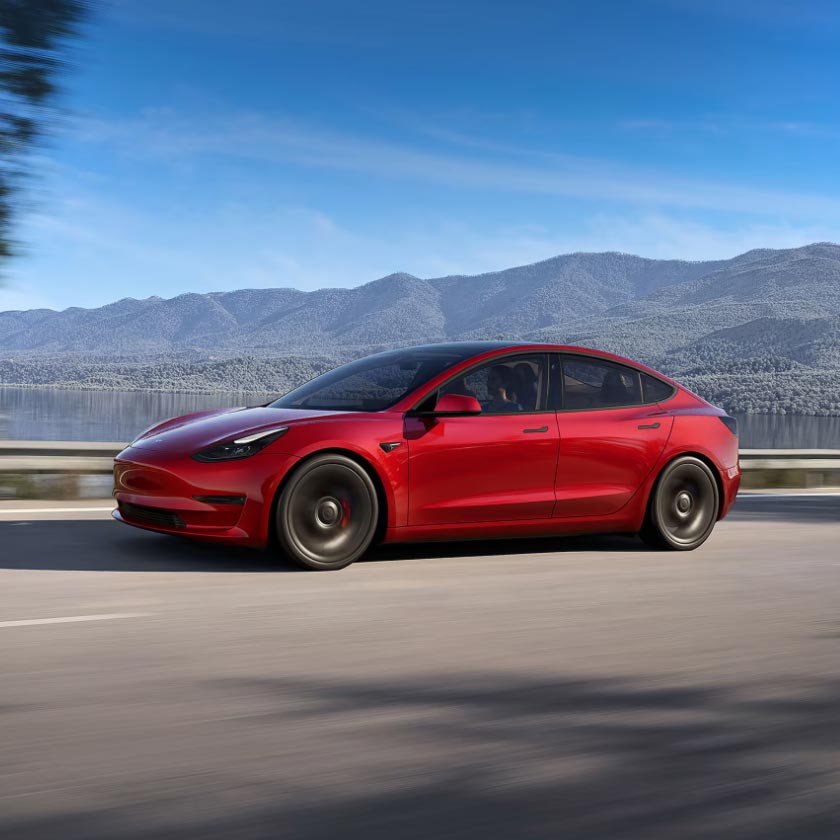Tesla Autopilot’s progress was discussed by the company’s Senior Director of Artificial Intelligence Andrej Karpathy during a presentation at the Matroid Scaled Machine Learning Conference 2020 held in February this year. Karpathy talked about the achievements, current projects, and future goals of Tesla’s Autopilot team during the conference.
Tesla’s S3XY CARS
At the beginning of his presentation, Karpathy revealed the size of Tesla’s ever-growing fleet. According to the AI specialist, Tesla has about one million vehicles in its fleet currently active on roads around the globe. He explained the active fleet mostly comprised of the Models, S, 3, and X.
The Model Y will undoubtedly add to Tesla’s fleet in the coming months, followed by Tesla’s Cybertruck, new Roadster, and the Semi—also the company’s ATV. Interestingly enough, Karpathy indirectly used the popular collective name for Tesla’s fleet: S3XY CARS during the presentation.
“For the purposes of the [Tesla AI] team, these are not just cars, these are computers,” Karpathy said about the S3XY CARS fleet. “They’re internet accessible. And we can both deploy over-the-air updates to them and get a lot of data from them that helps us develop the autopilot. And They’re also robots, so they have sensing, they have actuation, and we’re developing the brains of that computer.”
Karpathy further shared that Tesla Autopilot already gathered 3 billion miles worth of real-world data from the company’s fleet. ARK Invest CEO Cathie Wood has stated in the past that Tesla’s real-world data gives the company an advantage over its competitors.
Tesla Autopilot & Its Neural Network
Karpathy also talked a bit about Tesla’s differing approach towards vehicle autonomy when compared to competitors, like Waymo. For instance, he said that Tesla used a vision-based approach; whereas, other companies relied on lidar.
“I think the critical point to make is that it looks the same, but under the hood, it’s completely different, in terms of the approach we take towards full self-driving,” he said after showing a clip of Waymo’s self-driving software in action.
Tesla’s vision-based approach towards autonomy in the automotive sector is an integral part of the company’s neural network. Teslas use its eight cameras to gather data for the AI Autopilot team, who then sift through the information and refine the neural network’s knowledge. Karpathy explained the process through stop signs.
Tesla's Robotaxi Network is Sitting on a Trillion Dollar Opportunity https://t.co/WcNVr3sksh pic.twitter.com/fYyzCNhKLx
— Tesmanian.com (@Tesmanian_com) February 12, 2020
The Road to Full Self-Driving
After explaining the capabilities of Autopilot, Karpathy talked about Tesla’s progress towards full self-driving. The AI expert spoke about the changes that need to be made to support full self-driving. He mainly talked about Tesla’s work in getting a “bird’s eye view” of its cars’ environments to achieve autonomy.
Tesla appears to be close to achieving at least a rudimentary form of its FSD suite. Tesla’s progress with FSD will determine the release of its Robotaxi fleet. Elon Musk seems hopeful that the first batch of Tesla’s Robotaxi fleet could be deployed by the end of this year.
Even after Tesla deployed its Robotaxi fleet, the company will need AI experts like Karpathy to refine FSD. At the end of his presentation, Karpathy invited anyone interested to apply for Tesla’s AI Autopilot Team. Elon Musk has made a similar offer on Twitter.
Featured Image Credit: Matroid/YouTube
Follow @PurplePanda88About the Author
Ma. Claribelle Deveza
Longtime writer and news/book editor. Writing about Tesla allows me to contribute something good to the world, while doing something I love.







